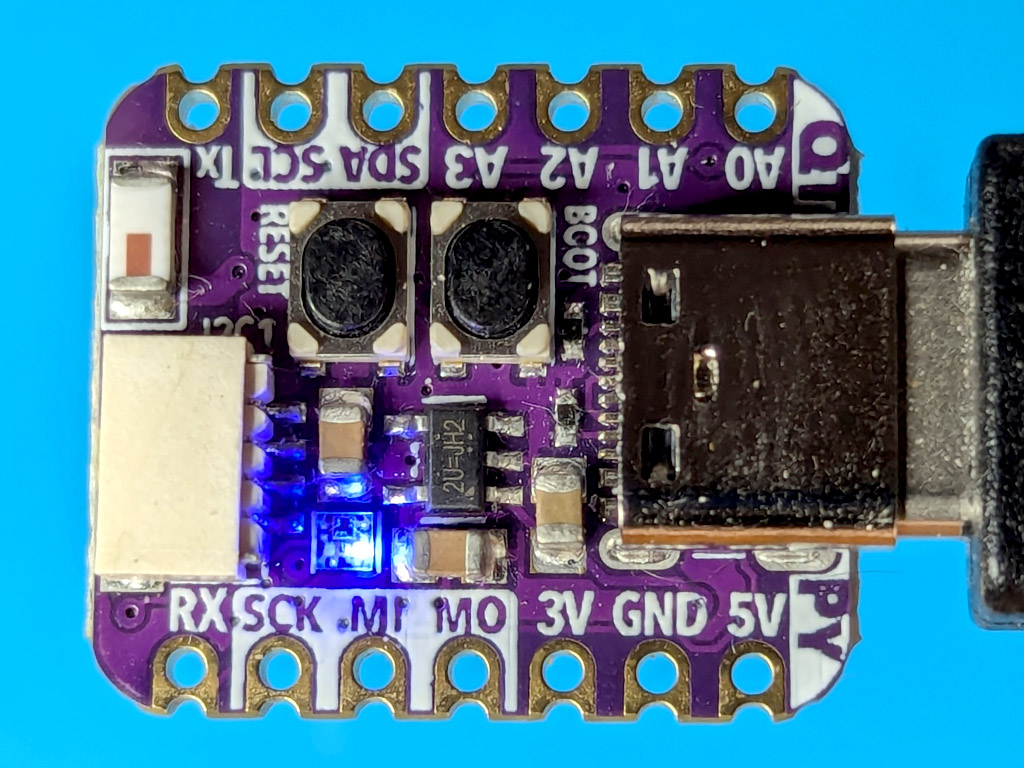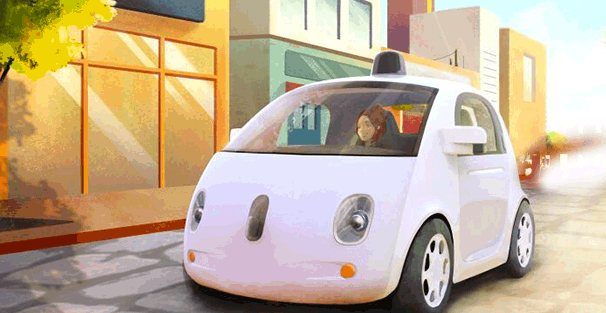
I just attended the Grow Conference here in Whistler and I wanted to share a couple thoughts.
Billed as “an experiential playground exploring the future of innovation, growth and entrepreneurship” the conference tagline is LIVING IN A CONNECTED WORLD. These themes are near-and-dear to me so I was thrilled when they announced they were coming to Whistler this year. Offering a Lean pass, I was able to secure a fair priced ticket without the need to pay for transportation etc.
The conference, which took place at the Fairmont Chateau Whistler, was well organized and aside from a couple audio and scheduling issues, everything ran smooth. Along side the conference was a two day hack-a-thon. The challenge; To create a “connected” resort town! I wish it preceded the conference so that I could participate in both.
The mix between technical and non-technical attendees kept the discussions mostly high-level. The people I tended to connect with were lower-level developer types. With my poor entrepreneurship skills, I was unable to secure millions of dollars in venture capital. I wasn’t actually trying to sell anything. Except maybe Whistler. I would offer local advice, help every lost attendee, and generally just say “how awesome is this place eh?”. I probably wouldn’t have turn down 100k for my idea to start a hackerspace here in Whistler. In fact, I am trying to start a hackerspace right here in Whistler. Sadly, this town isn’t filled with geeks. Only few local tech companies like Guestfolio and Ridebooker here in Whistler and they represent a small percentage of the employers. No reason this can’t increase.
A few highlights and common themes;
Wearables and Internet of Things – These are definitely the hot topics getting all the attention. The Internet of Things (IoT), which everyone mutually agrees is a poor term, seems what you call any connected device that’s not a computer. Wearables, obviously are worn. Think Google Glass, Recon Instruments, fitbit, Nike+, etc.
Privacy and Security – These topics always come up immediately afterwards. As soon as you think “Cool, I can open my door from the internet” you realize that theoretically anyone else can too. That sleep monitor, check-in data, and all the things tracking you for convenience can be mined or interpreted and used against you. My opinion is those that take this serious will win out.
I was very impressed with SmartThings founder Jeff Hagins opinion on the subject and glad they are staying separate from Samsung after just recently being acquired. I can’t say the same for lax attitude of Life360, whose founder repeatedly made broad statements like “I don’t think your average user cares”. Their product GPS tracks family members btw.
Data – Data, Data, everywhere data. It’s not enough to just collect it, you need to use it. Inform.
Scale, infrastructure, APIs and the other things that were once hard have since been figured out. Some companies whole business is collecting customer data. Once you have the data… (see Privacy and Security)
Best talk and what resonated with me most was Scott Jenson’s How to make everything discoverable with the Physical Web.
In it, he smartly discussed how the physical web will need a mechanism unlike the current app model. The idea that every future smart-thing would require it’s own smart-app obviously has flaws.
Just Google “app fatigue” and you’ll see for the past year or so the world isn’t very appy anymore. Yay web! And that’s the idea, broadcast URI’s, no passive tracking. I’m looking forward to experimenting with this. You can too. Find out more with examples on GitHub.
Overall it was a great conference. I hope to be back again next year.



